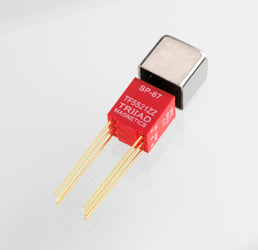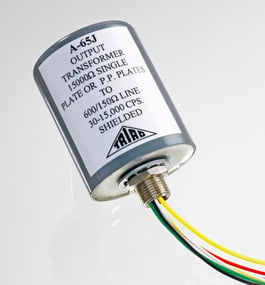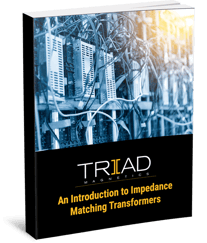In order to keep your audio equipment running smoothly, avoid unplanned downtime, and properly maintain equipment, you need to first ensure that your electrical systems are in check and free of common problems. Electrical impedance, in particular, can hinder the performance of your equipment and cause major, system wide issues.
Impedance matching transformers, however, offer a reliable solution for preventing the various issues caused by electrical impedance, ensuring safe, efficient operations.
Understanding Impedance
 Electrical impedance is a measure of the opposition to current flow within a circuit or electrical component.
Electrical impedance is a measure of the opposition to current flow within a circuit or electrical component.
It encompasses resistance, opposition caused by the physical properties of components, and reactance, opposition of an electrical component or circuit to a change in current or voltage.
The ratio of impedance in the source and the load affect how much power can be transferred from one to the other. The maximum power transfer theorem states that the impedance of each must be equal in magnitude in order for the greatest amount of power to transfer successfully.
Matching load impedance is critical to the functionality of the circuit, especially for maximum power transfer. The simplest way to match load impedance in AC circuits is to use a transformer — a highly efficient device that transfers electrical energy from one circuit to another through electromagnetic induction: Two coils of wire (windings) are wrapped around an iron or ferrite core, and when the primary winding experiences excitation voltage, the core develops a magnetic field that generates a current in the secondary winding.
Applications and Considerations for Impedance Matching Transformers
 Impedance matching transformers can be used in any AC circuit and any application in which maximum power transfer is desired.
Impedance matching transformers can be used in any AC circuit and any application in which maximum power transfer is desired.
They are frequently used in audio equipment, microphones, amplifiers, data networks and systems, telephone grids, phone systems, and airplane communication systems.
To select a transformer that suits your exact needs, several factors should be considered, including:
Power Level
Magnetic materials, such as the core of a transformer, have a saturation point that determines the density of magnetic flux they can absorb. When an electromagnetic device approaches its absorption peak, the device begins to act in a nonlinear manner. The higher the signal level, the higher the transformer’s magnetic flux.
When the core has reached its limit, the secondary side of the circuit cannot reliably reproduce the primary signal. The result is signal clipping, in which peak values of voltage and current are dropped; the required power output is greater than that which the transformer can provide.
Selecting a larger transformer or using a core material with a higher saturation point can prevent core saturation to ensure the necessary power level can be transferred. The maximum power capability will determine the minimum size of the transformer.
Frequency
Transformers can only perform adequately over a limited range of frequencies. Transformers for mains power, for example, operate at low frequencies, while transformers for signal transmission must operate over a significantly wider range.
Working with a transformer that is inadequate for the intended frequency range can cause signal and power losses, as well as overheating. Also, keep in mind that transformers that operate well over a wide range of frequencies are manufactured using specialized materials and techniques.
Consulting with an experienced manufacturer before deciding on a specific type of impedance matching transformer will help ensure you make the right choice for your application and achieve the best possible results.
Learn More
 To learn more about how impedance can affect your circuit and ensure you make the best selection for your specific needs, download our free eBook on impedance matching transformers, in which we also explain how values are calculated in the helpful Calculations and Proofs section. Or, to speak with an expert about your unique application, contact the team at Triad Magnetics today.
To learn more about how impedance can affect your circuit and ensure you make the best selection for your specific needs, download our free eBook on impedance matching transformers, in which we also explain how values are calculated in the helpful Calculations and Proofs section. Or, to speak with an expert about your unique application, contact the team at Triad Magnetics today.







